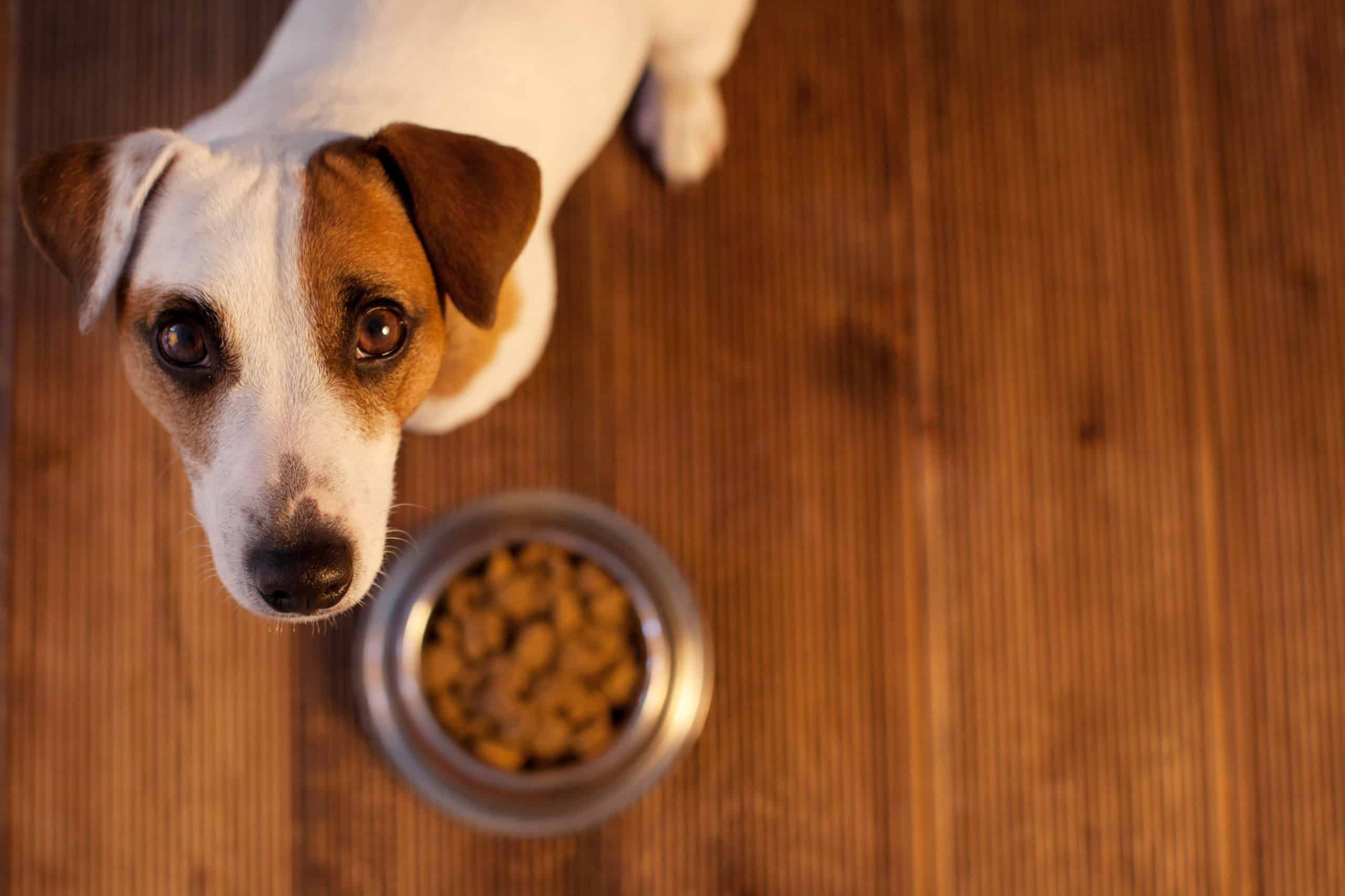Introduction
The Germany Pet Food Ingredients Market size is predicted to reach USD 2.92 billion at a CAGR of 6.2% till 2030. Germany, a key player in the European pet food industry, is witnessing dynamic growth in its pet food ingredients market. Driven by the humanization of pets, rising health consciousness, & a strong commitment to sustainability, German pet owners are seeking high-quality & ethically sourced pet food options.
This press release explores the trends, challenges, & opportunities shaping the Germany Pet Food Ingredients Market, emphasizing its expanding potential.
Click Here for Your FREE Sample!
Market Overview
Germany is among the largest pet food markets in Europe, with a high rate of pet ownership & an increasing demand for premium, natural, & functional pet food. German pet owners are prioritizing health & sustainability, fueling the demand for ingredients that meet these values.
The industry is characterized by innovation in ingredient sourcing, processing technologies, & product offerings that cater to diverse consumer preferences.
Key Market Drivers
- Pet Humanization & Premiumization
Pets in Germany are viewed as family members, & owners are investing in premium pet food to provide their furry companions with the best possible nutrition. This has led to a surge in demand for high-quality ingredients, such as human-grade proteins, superfoods, & exotic additives.
- Growing Focus on Pet Health
German pet owners are highly conscious of their pets’ health, seeking products with functional benefits such as joint support, digestive health, & immune system enhancement. Ingredients like omega-3 fatty acids, probiotics, & antioxidants are increasingly popular.
- Demand for Natural & Organic Ingredients
There is a growing preference for natural, organic, & minimally processed pet food ingredients. Pet owners in Germany value transparency & avoid artificial additives, GMOs, & preservatives in their pets’ diets.
Download Your Free Sample Today!
- Sustainability & Ethical Practices
Sustainability is a critical consideration for German consumers. This has driven demand for alternative proteins (such as insects & plant-based options), sustainable sourcing, & eco-friendly packaging.
- Increasing Popularity of Specialty Diets
Specialty diets, including grain-free, hypoallergenic, & raw food options, are gaining traction in Germany as pet owners seek tailored solutions for specific dietary needs.
Emerging Trends in the Germany Pet Food Ingredients Market
- Alternative Proteins Take the Spotlight
The use of alternative proteins, including insect-based meals, algae, & plant-based proteins, is on the rise. These options address environmental concerns while providing pets with high-quality nutrition.
- Functional Ingredients in High Demand
Ingredients that offer specific health benefits, such as glucosamine for joint health, prebiotics for gut health, & turmeric for inflammation, are increasingly incorporated into pet food formulations.
- Growth of Raw & Freeze-Dried Diets
Raw & freeze-dried pet food, which mimics the natural diet of animals, is gaining popularity. These diets emphasize minimally processed, nutrient-rich ingredients.
- Clean Labels & Transparency
German consumers are demanding clean-label pet food with clear ingredient lists & transparent sourcing practices. This trend is reshaping how manufacturers develop & market their products.
- Rise of Personalized Nutrition
Advances in technology have enabled manufacturers to offer personalized pet food solutions tailored to a pet’s unique dietary needs, including age, breed, & health conditions.
Challenges in the Market
- Regulatory Compliance
Germany’s pet food industry is governed by stringent regulations to ensure safety & quality. Complying with EU standards, such as those set by the European Food Safety Authority (EFSA), can be resource-intensive for manufacturers.
- High Costs of Premium Ingredients
Sourcing premium & sustainable ingredients, such as organic meats & alternative proteins, can lead to higher production costs, potentially affecting pricing strategies.
- Supply Chain Disruptions
Global supply chain challenges, including ingredient shortages & rising transportation costs, have impacted the availability & affordability of pet food ingredients.
- Consumer Skepticism
German consumers are highly informed & discerning, often scrutinizing labels & marketing claims. Manufacturers must ensure transparency & credibility to build trust.
Opportunities for Growth
- Expansion of Sustainable Practices
Investing in sustainability, such as eco-friendly packaging, renewable energy, & carbon-neutral production, can help brands resonate with environmentally conscious German consumers.
- Innovation in Ingredient Sourcing
Developing new, sustainable ingredients, such as insect protein or lab-grown meat, presents opportunities to meet both nutritional & environmental goals.
- Leveraging E-commerce Growth
Germany’s e-commerce sector continues to grow, offering pet food manufacturers the opportunity to reach a wider audience through online platforms & subscription models.
- Development of Functional Products
The growing interest in functional nutrition presents opportunities to develop products that address specific health needs, such as weight management, dental health, & cognitive support.
- Collaborations & Partnerships
Collaborating with research institutions & technology providers can drive innovation in ingredient development & product formulations.
Regulatory Landscape in Germany
The German pet food industry operates under strict regulations to ensure product quality, safety, & transparency. Compliance with both national & EU standards is critical for manufacturers.
The European Pet Food Industry Federation (FEDIAF) & German industry associations provide guidelines & best practices for ingredient sourcing, processing, & labeling. Post-Brexit, Germany has maintained close alignment with EU regulations, ensuring consistency in product standards.
Future Outlook
The Germany pet food ingredients market is poised for robust growth, driven by rising pet ownership, premiumization, & sustainability. Innovation in alternative proteins, functional ingredients, & personalized nutrition will define the market’s trajectory.
Manufacturers that embrace sustainability, transparency, & cutting-edge technology will be well-positioned to meet the evolving demands of German consumers.
Source: PR News Releaser

